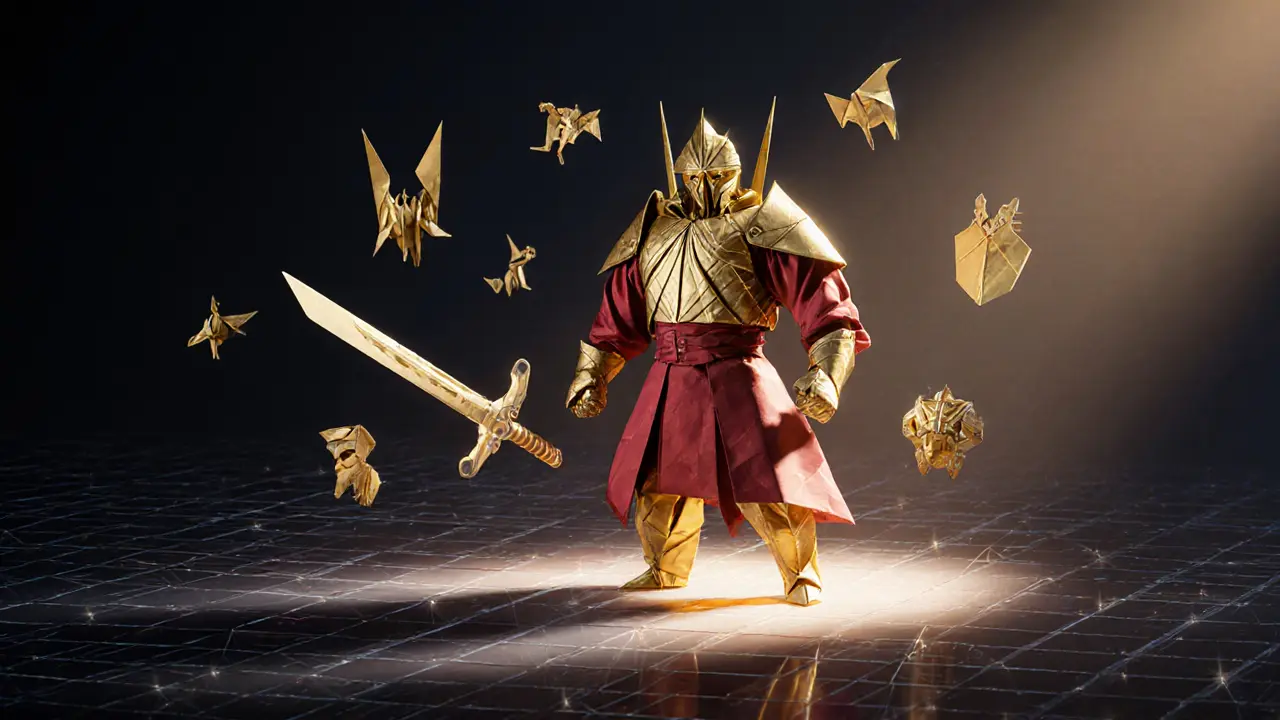FaraLand Community: What It Is and Why It Matters in DeFi
When you hear FaraLand community, a decentralized group of users and developers collaborating around a blockchain-based project. Also known as FaraLand DAO, it represents a new kind of online organization where decisions are made by token holders, not CEOs. This isn’t just a Discord server or a Twitter thread—it’s a working model of how people can own and run digital systems together.
The FaraLand community relates directly to DAOs, decentralized autonomous organizations that operate without central control. Like the ones covered in our guide on DAO proposals and DAO voting, FaraLand likely uses token-weighted or quadratic voting to decide on upgrades, spending, or new features. Members don’t just talk—they vote. And because these systems are open and on-chain, anyone can check who voted, how much they staked, and what passed. This transparency builds trust, which is why communities like FaraLand are gaining ground over traditional corporate structures.
It also connects to crypto airdrops, free token distributions used to reward early supporters and grow participation. If you’ve seen guides on claiming xSuter or PNDR tokens, you know airdrops aren’t just giveaways—they’re engagement tools. FaraLand probably used one to bootstrap its user base, rewarding people who held tokens, joined discussions, or helped test the platform. That’s how you turn passive followers into active contributors.
What makes FaraLand stand out isn’t the tech alone—it’s the people. Unlike big exchanges that lock you in with fees and KYC, FaraLand gives users real power. You can propose changes, vote on budgets, or even suggest partnerships. It’s like being a shareholder in a company where you also run the store, design the product, and pick the logo. That kind of ownership changes how you think about crypto. You stop seeing tokens as investments and start seeing them as tools for building something together.
What you’ll find in this collection are posts that mirror the same values: real-world blockchain use, community-driven projects, and clear explanations of how decentralized systems actually work. Whether it’s how DAO voting fails due to low turnout, or how crypto airdrops shape user behavior, these articles show you the mechanics behind the movements. You won’t find hype here—just facts, patterns, and what’s actually happening on the ground in DeFi.

